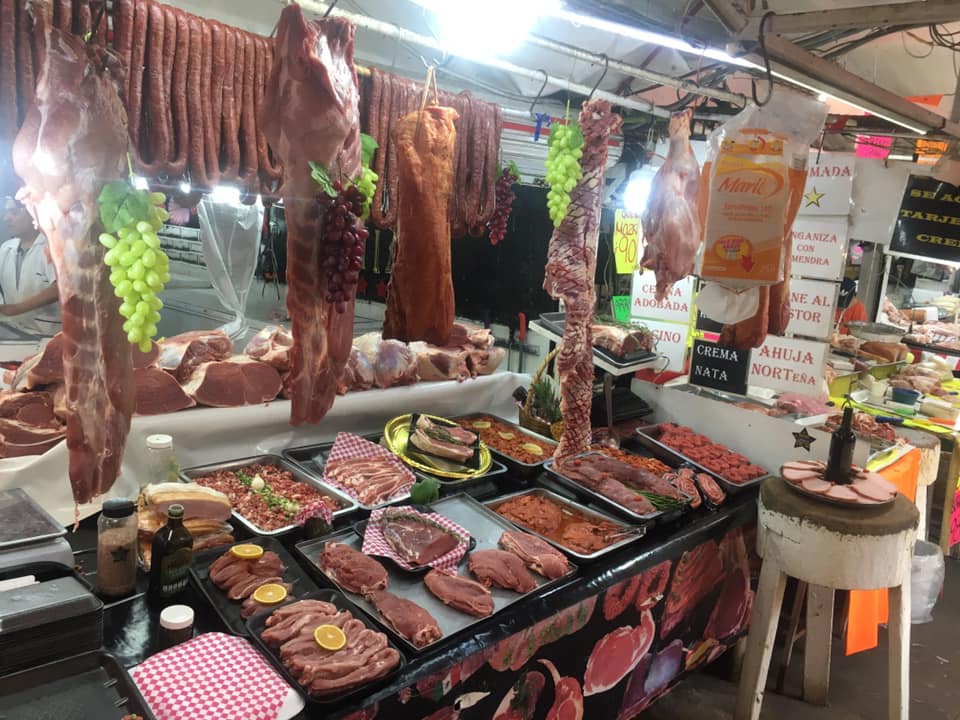
The Mercado Rastro de Ferrería is today a much-reduced version of the old, and enormous, stockyards that provided butchered meat products to much of the City for generations. It’s still a very meat-oriented market. For some guests to some of the events at the neighboring Mexico City Arena it can mean a very hearty pre-event celebration.
Today the old stockyards and meat-processing areas are mostly gone. They’re, in part, well-remembered for the architectural work done here by José Villagrán García. He’s likely the most influential architect of 20th-century Mexico City, if not Mexico. He’s also remembered for having worked on the Mercado de San Cosme among other Mexico City projects.
Construction on the project to expand the processing and distribution center began in 1954. Operations began in 1955. The cold storage building and the main access are luckily mostly preserved. The saw-toothed roof is likely the most distinguishing feature. But the loading-dock area with its inclined columns is also still visible. Much of these remaining buildings are protected by the National Fine Arts and Literature Institute (INBAL). That’s in no small part because of the fame of the architect, and the historical relevance of the entire area.
For those on their way into the Arena, it’s still a terrific place for lunch. Carnes Kenia, who’ve lent the photo above, are among a gamut of great dealers you’ll find inside. The emphasis here is still very much on butcher cuts, and barbecue, among other meaty dishes. As the Mercado Rastro de Ferrería is quite close to the Metro Ferrería Arena Ciudad de Mexico, there’s a bit more of the history of the site in the entry for the Metro station.
 55 2531 0011
55 2531 0011
 https://www.facebook.com/pages/Rastro-De-Ferrer%C3%ADa/275176719190492
https://www.facebook.com/pages/Rastro-De-Ferrer%C3%ADa/275176719190492
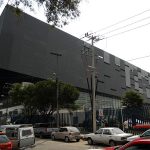
Nearest at 0.18 kms.
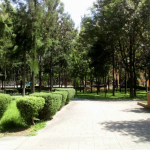
Nearest at 0.43 kms.
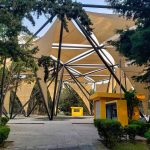
Nearest at 0.61 kms.
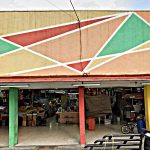
The public market in Azcapotzalco's colonia Nueva Santa María.
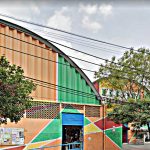
The neighborhood market in Obrero Popular, Azcapotzalco.
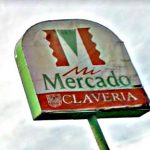
A neighborhood market in historic and quirky Clavería.
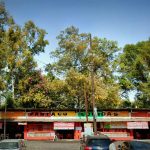
One of the great lunch markets in Azcapotzalco...
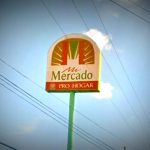
Azcapotzalco's biggest public market...